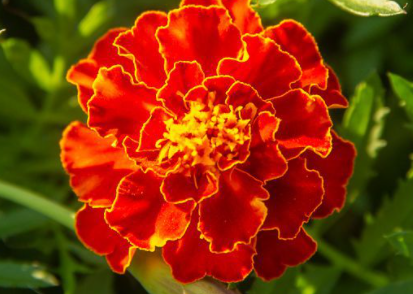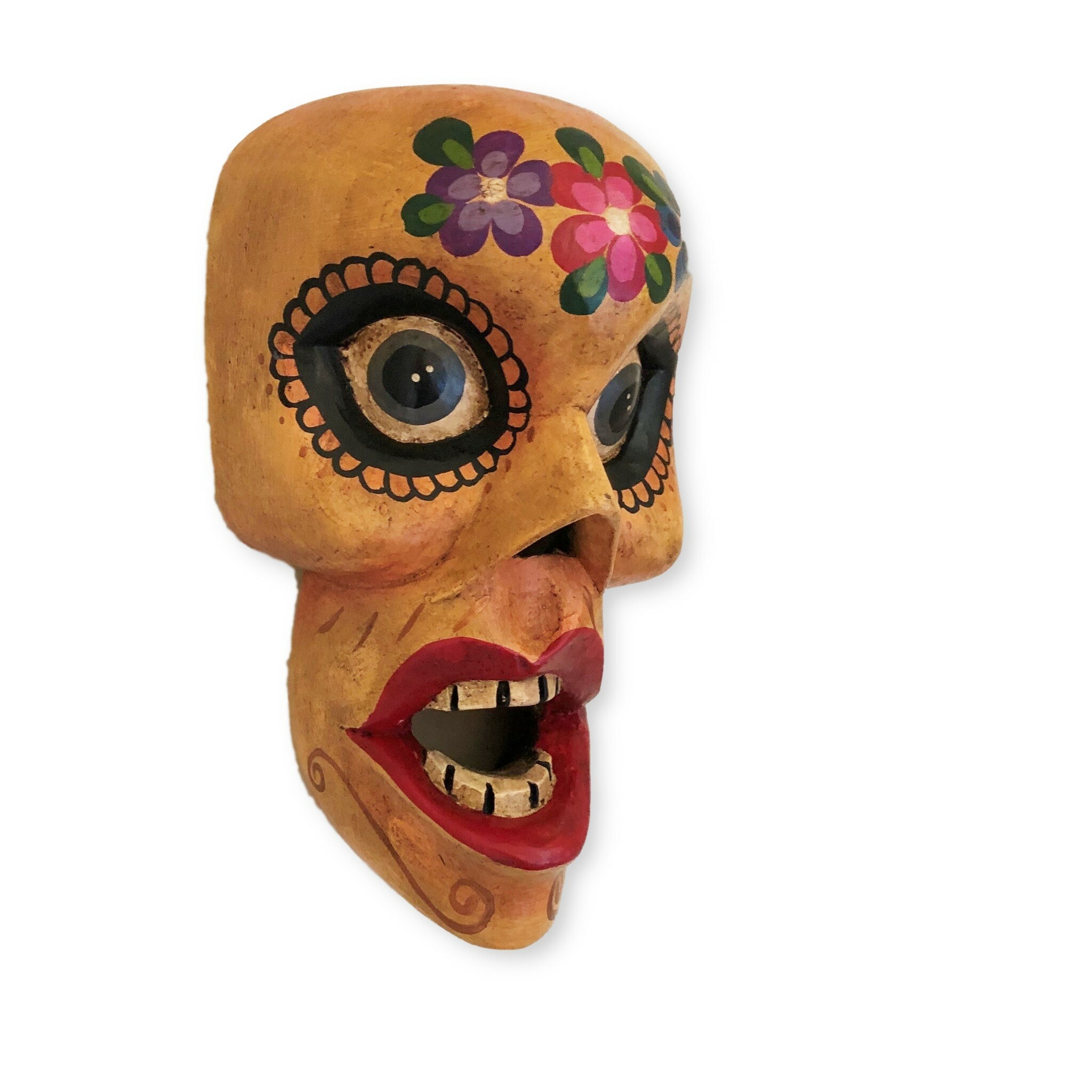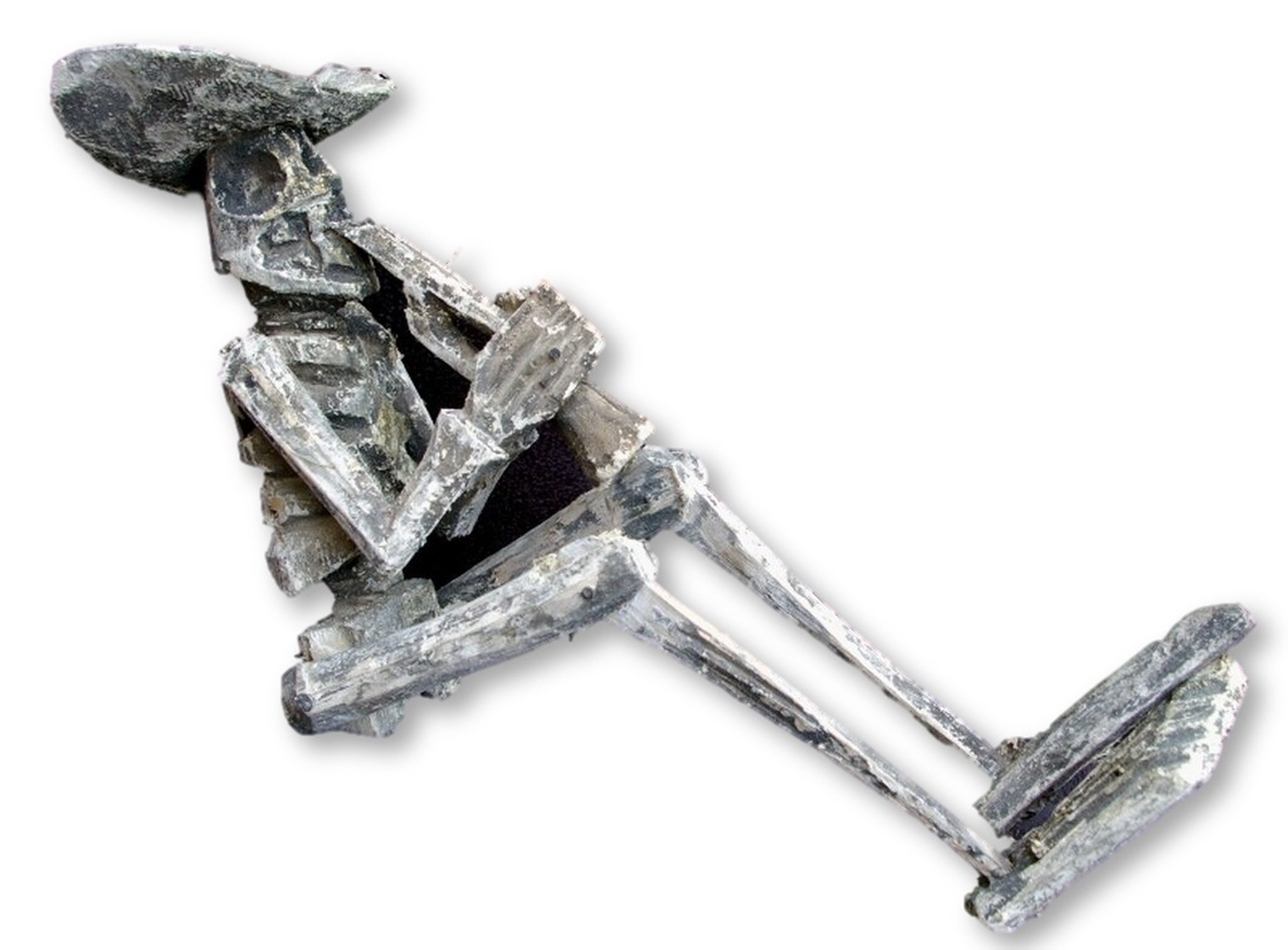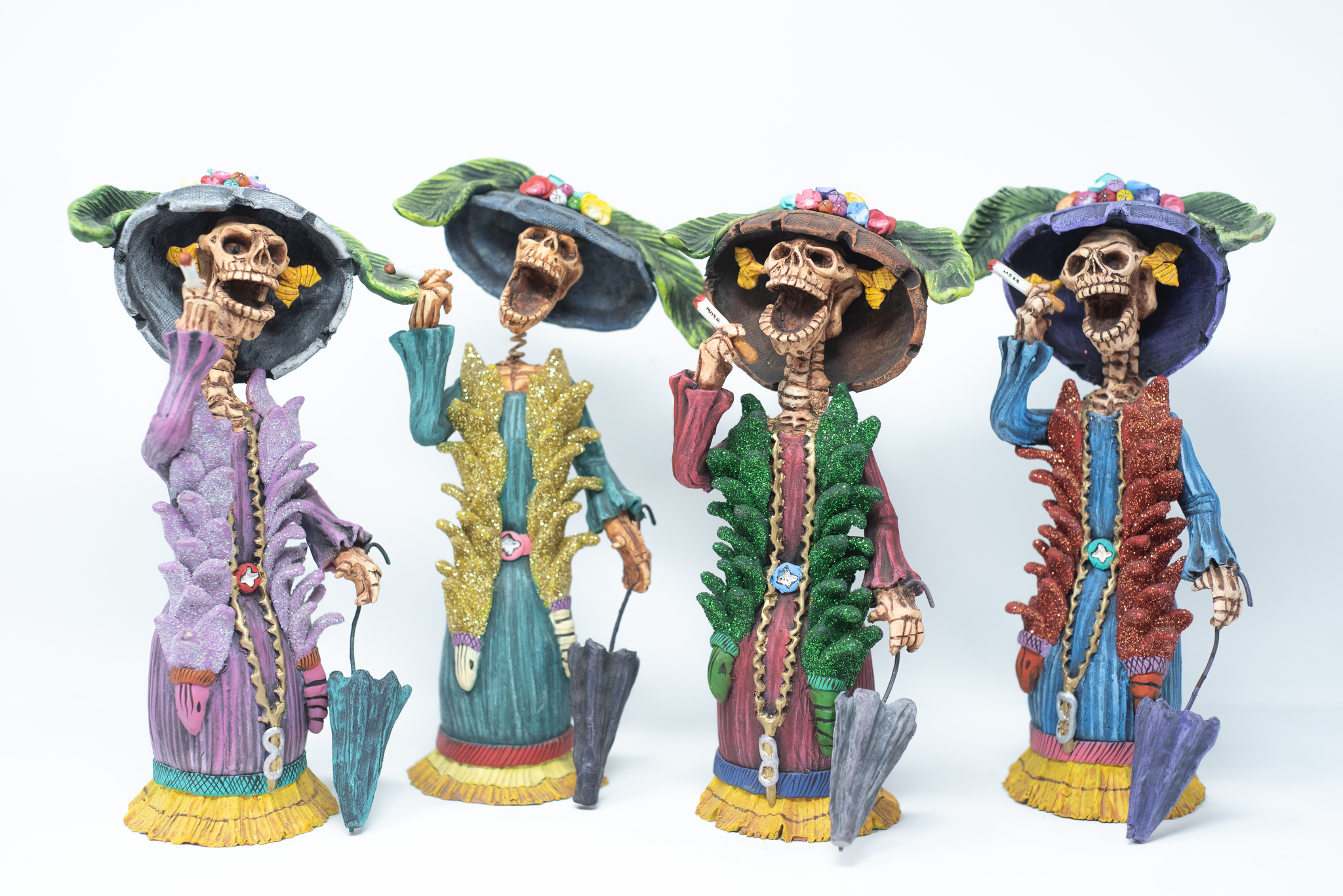Día de los Muertos Origins
When many of us think about Día de los Muertos (Day of the Dead) we think skeletons, altars, food, colorful decor, mariachi, and Hispanic culture. Thanks to the Disney movie "Coco", more and more people have become familiarized with this celebration and words like “ofrendas” and “calaveras”. But what really is Día de los Muertos?
For beginners, El Día de los Muertos is not the Mexican version of Halloween as many consider it. It does share some similarities, among those costumes and parades; however, on Day of the Dead it is believed that the border between the spirit world and the real-world dissolves. During this brief period, the souls of the dead awaken and return to the living to celebrate with loved ones. In turn, the family members treat the deceased as honored guests and bring along everything their loved one loved.
It is celebrated on November 1st through November 2nd and although it is mostly associated with Mexico where it originated, it is actually celebrated all throughout Latin America. Its origins? Well, a similar holiday had been celebrated by the Aztecs who viewed death as an integral part of life. There are actually records that state that the Aztecs had a month long festival dedicated to the goddess Mictecacihuatl who was the ruler of the afterlife. In an effort to ensure the "pagans" were "saved", Christianity moved the dates of those festivities to November, the time when their holidays of All Souls Day and All Saints Day took place. There it was unofficially adopted by the Catholic church. Now, the celebration is widespread among the Mexican culture.
There are so many colorful symbols associated with day of the dead, here are some of the most popular ones!
Symbols & Their Meanings
Calaca (Skeletons)& Calavera (Skull)- By far, the most popular symbol for Dia de los Muertos is the skull & skeleton. It is a whimsical and playful symbol of life after death. Some use it to signify death personified.
La Catrina- Although La Catrina could also fall under the category of skeletons, it has more meaning! It was originally made by Mexican artist Jose Guadalupe Posada. It represented a wealthy upperclass woman. It is a reminder that, underneath all that fancy clothes, regardless of social status, we are all just bones.
Papel Picado- Although papel picado is used for all Mexican holidays and fiestas, during Dia de los Muertos it is placed around the edges of the altar to add color and it also represents air. (All four elements are displayed on the altar.)
Marigolds (Cempasuchitl)- Marigolds are the most recognizable flower associated with this holdiay. The flower is placed on graves and it is believed to lure souls back with their vibrant colors and powerful scents. They have also come to symbolize the fragility of life.

Ofrendas- Ofrendas are an essential part of the celebrations. They are set up to remember and honor the memory of their ancestors who have died. Depending on where it is being celebrated, altars can be set in a variety of ways and include photographs, food, drinks, papel picado, flowers, and skulls.
Day of the Dead Now
To many, Day of the Dead is far from being a morbid event. Instead, it emphasizes remebrance, love, and respect for deceased family members and friends and expresses celebration for their legacy and also for the continuity of life. Because of this, there are many people who have come to appreciate the holiday and, therefore, has gained wide celebration outside of the Latin community. Do you celbrate Dia de los Muertos? Or do you have a family tradition you'd like to share? Make sure to let us know on Instagram or Facebook!
Shop our wide selection of Dia de los Muertos art from Mexico, Guatemala, Peru, and other countries at our SHOP!












